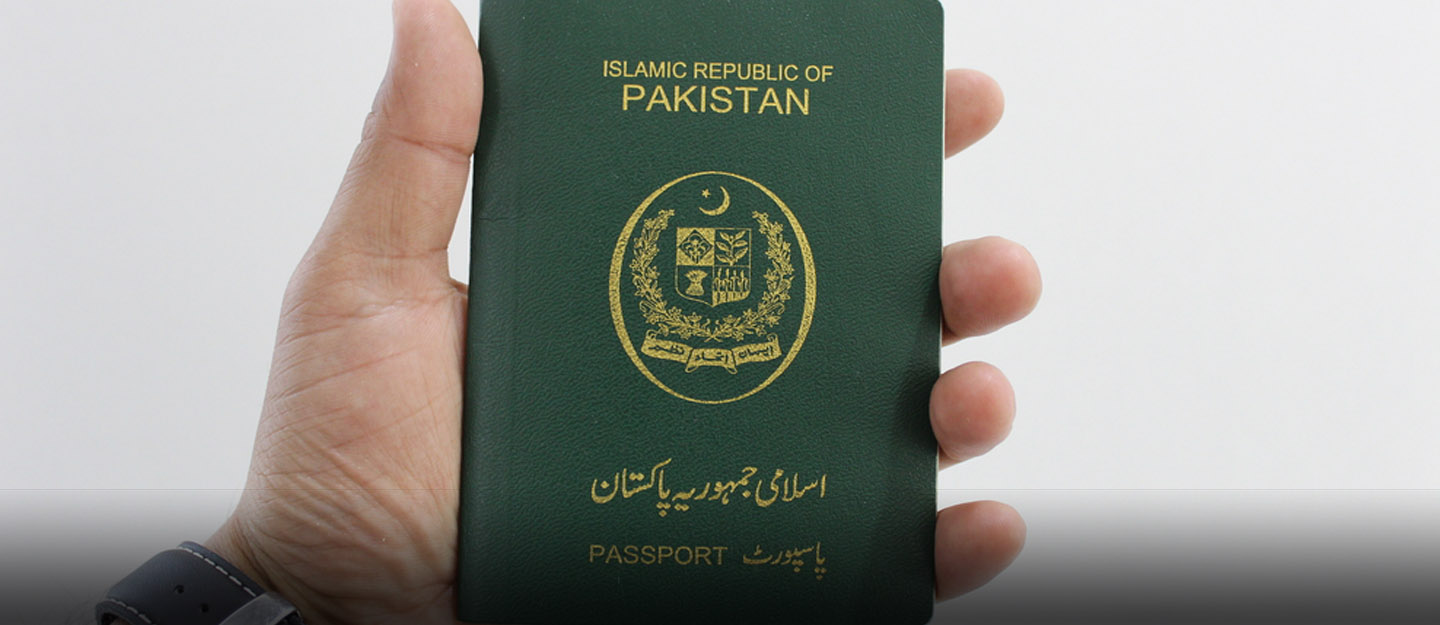Tropical Storm Ernesto drenched the northeast Caribbean islands with heavy rain on Tuesday as Puerto Rican authorities braced for impact by canceling classes, deploying the National Guard, and opening shelters.
Ernesto became a tropical storm on Monday night, quickly approaching the northern Leeward Islands before making its way overhead early Tuesday. Forecasters predict the storm could bring up to six inches of rain to parts of the islands as it moves past Puerto Rico and heads into the warm waters of the western Atlantic later this week.
Tropical storm warnings were in effect across the region, including Puerto Rico, the U.S. and British Virgin Islands, St. Kitts, Nevis, Montserrat, Antigua, Barbuda, Guadeloupe, St. Martin, St. Barthelemy, Vieques, and Culebra. The warnings highlighted the risk of “significant flooding” and potential mudslides, as advised by the National Hurricane Center.
On Monday night, Puerto Rico’s Governor Pedro Pierluisi announced the cancellation of the first day of public school classes, the deployment of the National Guard, and the opening of hundreds of shelters across the island. He advised residents and tourists that while the storm is not expected to reach hurricane strength until after passing Puerto Rico, it will still bring heavy rainfall, potentially reaching up to 10 inches in some areas.
Similarly, the U.S. Virgin Islands government ordered the closure of all schools on Tuesday, with Governor Albert Bryan Jr. urging residents at a news conference to take the storm’s threat seriously.
Tropical Storm Ernesto: Track the storm’s path with the latest models.

Where is Tropical Storm Ernesto heading?
Tropical Storm Ernesto is projected to move over or near the Virgin Islands and Puerto Rico starting Tuesday evening and continuing into Wednesday.
According to the National Hurricane Center, “Heavy rainfall may lead to significant flash flooding and mudslides in parts of the Leeward Islands today, and in the Virgin Islands and Puerto Rico from later today through Wednesday.”
As of an 8 a.m. update from the National Hurricane Center, Tropical Storm Ernesto was located 35 miles northwest of Guadalupe and 300 miles east-southeast of San Juan, Puerto Rico. The storm is moving at 18 mph with maximum sustained winds of 45 mph.
Will Tropical Storm Ernesto impact the US?
Tropical Storm Ernesto is expected to shift north later in the week, heading toward Bermuda. As it moves north of the Greater Antilles, the warm Atlantic waters are likely to strengthen the storm, potentially developing it into at least a Category 1 hurricane by Thursday. The National Hurricane Center predicts that Ernesto could intensify further, becoming a major hurricane with wind speeds of up to 111 mph by Friday. While the storm is currently projected to head toward Bermuda, it could still have indirect impacts on the U.S. East Coast, depending on its eventual path and strength.
While the continental U.S. may avoid the worst of the storm’s heavy rain and winds, authorities are warning of dangerous rip currents and rough surf along the Atlantic coast. Last year, all fatalities linked to Hurricane Idalia were caused by powerful waves and rip currents.
The Coast Guard issued a warning on Monday to recreational boaters, fishermen, beachgoers, and water sports enthusiasts in the U.S. Virgin Islands and Puerto Rico to avoid the water due to worsening sea conditions and hazardous rip currents from Tropical Storm Ernesto.
“We strongly advise the public and maritime community to prioritize safety and not underestimate the potential dangers of this storm,” stated Capt. Luis Rodriguez, Coast Guard sector San Juan commander.
Tropical Storm Ernesto Develops Amid an Intensely Active Hurricane Season.
If Ernesto intensifies into a Category 1 hurricane, it will mark the third hurricane of an already active season, which experts predict will be above average due to unusually warm ocean waters.
Meanwhile, the eastern U.S. is still grappling with the aftermath of former Hurricane Debby, a deadly storm that caused severe flooding from Florida to western New York and Pennsylvania. Just last month, Hurricane Beryl, the earliest Category 5 Atlantic hurricane on record, was responsible for over 20 deaths across Texas and the Caribbean.
Don’t miss our comprehensive coverage of related topics, available on our Online News Platform







